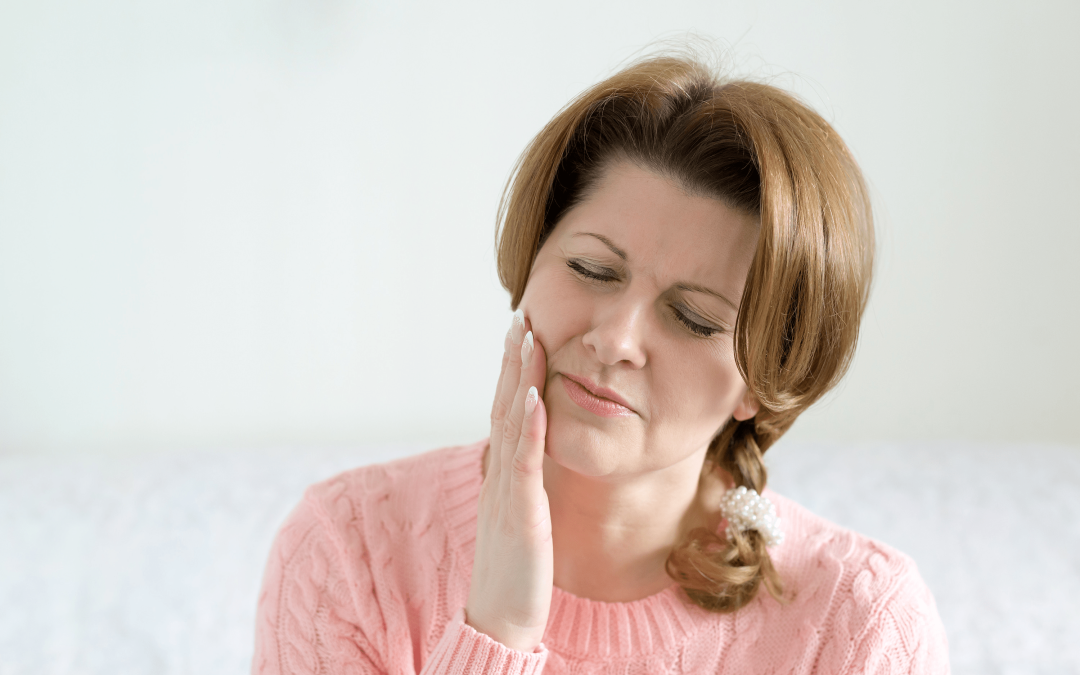When it comes to our health, from diagnosis and treatment, to parts of our bodies and research procedures, sometimes it seems that there are so many things to try and keep track of, especially for ordinary people who don’t operate in such a sector on a daily basis. Dentistry is no different.
Two abbreviations thatthat you may have come across are TMJ and TMD. What are they?
TMJ stands for temporomandibular joint. TMD stands for temporomandibular disorder. And while these two things are indeed related, these abbreviations shouldn’t be used interchangeably because they’re not the same thing.
To learn more about this, contact your dentist in Shawnessy.
TMJ and TMD In-Depth
As mentioned earlier, TMJ is short for the temporomandibular joint. This joint is located on either side of our faces and connects our jaw to the base of our skull. The joint itself acts as a hinge, permitting our jaw to open, close, and move around freely. Your joint is also located very close to your ears, which is why, when you experience TMJ pain, you can develop earaches.
As for TMD, this stands for temporomandibular disorder. This occurs when the joint becomes unaligned. As a result, you can experience pain and soreness among other symptoms.
Even though we still don’t know the exact reasons why TMD can manifest, we do know that certain things can cause the disorder to flare up or worsen, including the following: an improper bite, oral or facial trauma, excessive bruxism (clenching or grinding of your teeth), and sinus problems.
If you’re dealing with any of these issues, or are unsure whether you need such treatment, talk to a dentist near you. There are also some common symptoms that you can keep an eye out for:
- Facial pain.
- Lockjaw.
- Pain when eating or yawning.
- Toothaches, earaches, and headaches.
- Facial swelling.
- Soreness in your jaw.
- Your jaw clicks or pops when you move it.
- Teeth sensitivity.
- Feeling dizzy.
Ways to Treat TMD
If this condition is left unaddressed, it can become more severe; that’s why it’s important to get in touch with a professional to discuss possible treatment options. Fortunately, there are a lot of different selections for TMJ treatment near you.
1. Wearing a night guard.
You can obtain over-the-counter night guards, or you can have them customized by visiting a dental clinic. This device acts as a shield and stops your teeth from rubbing against each other. Instead, your teeth will remain in their proper place while you sleep, eliminating bruxism.
2. Having dental work done.
Specifically, orthodontics. This area of dentistry is specifically dedicated to straightening maligned teeth by means of traditional metal braces, lingual braces which fit on the underside of your mouth, or Invisalign. Your bite pattern will be adjusted, allowing you to chew and bite properly. This significantly reduces the stress on your jaw joint.
3. Medications.
Depending on your situation, you can be prescribed medications to reduce pain, irritation, and swelling.
4. Injections.
This can include anesthesia, medication, or Botox injections. Each of these choices also helps reduce pain and swelling. These are administered by a trained professional – of which can include your dentist – to certain areas in your muscles. The chemicals work by blocking neurotransmitters, chemicals in your brain that help transmits pain signals, thereby encouraging your muscles to relax.
5. Surgery.
In more dire cases, oral and maxillofacial surgery may be necessary to remedy TMD.
At Summit Dental, we offer TMJ treatment in Shawnessy to new and returning patients alike.
Our staff team is ready to start collaborating with you and get you back to the best version of yourself. Phone, come by in person, or go to our website and fill out the online form to schedule an appointment with us today!

